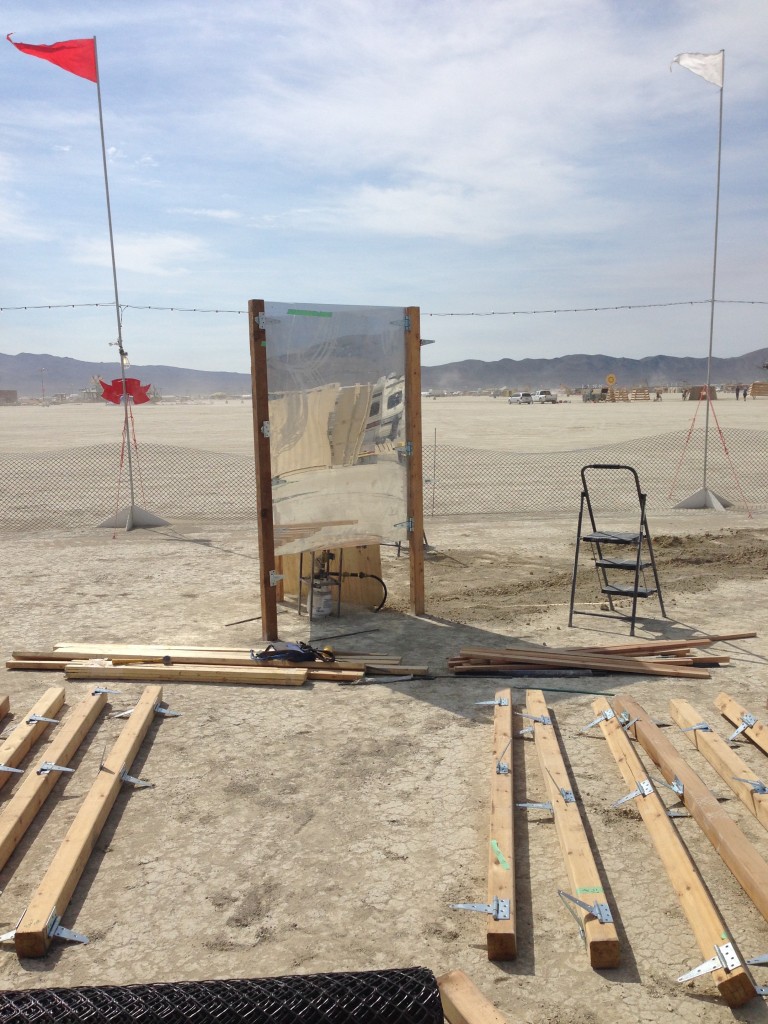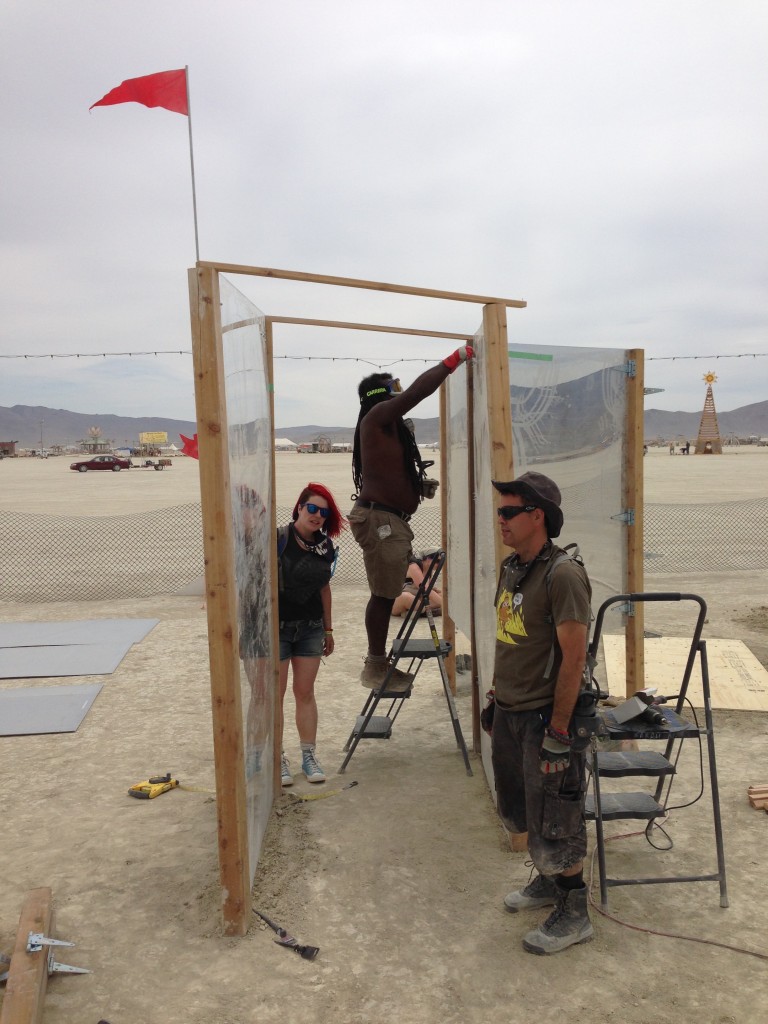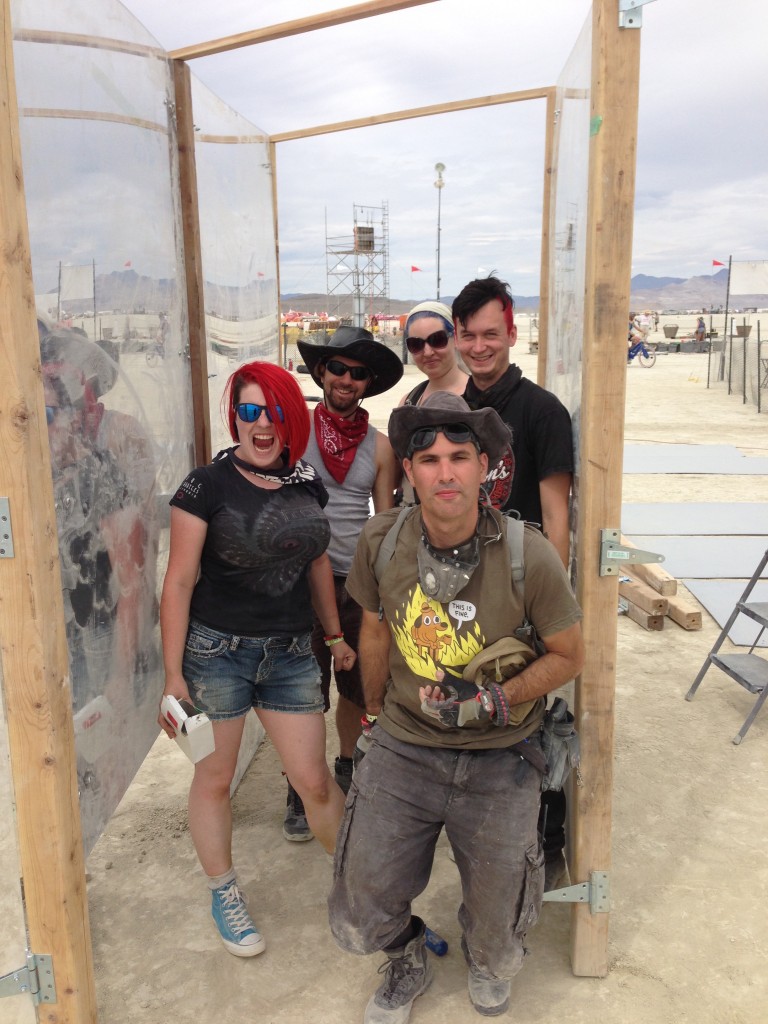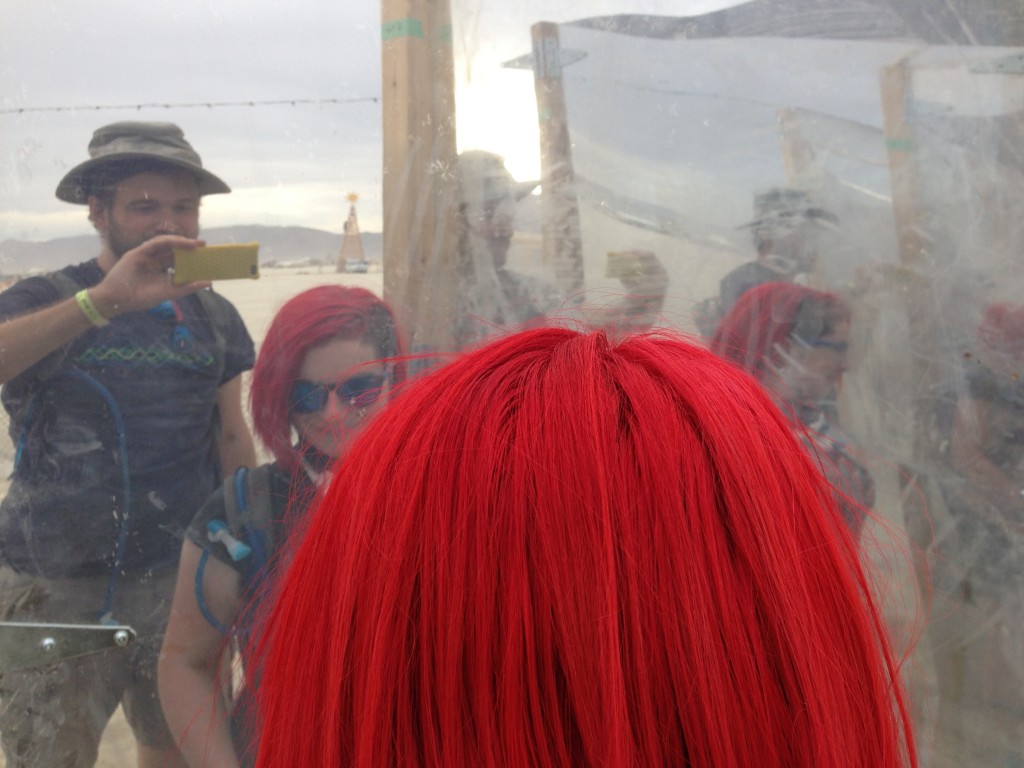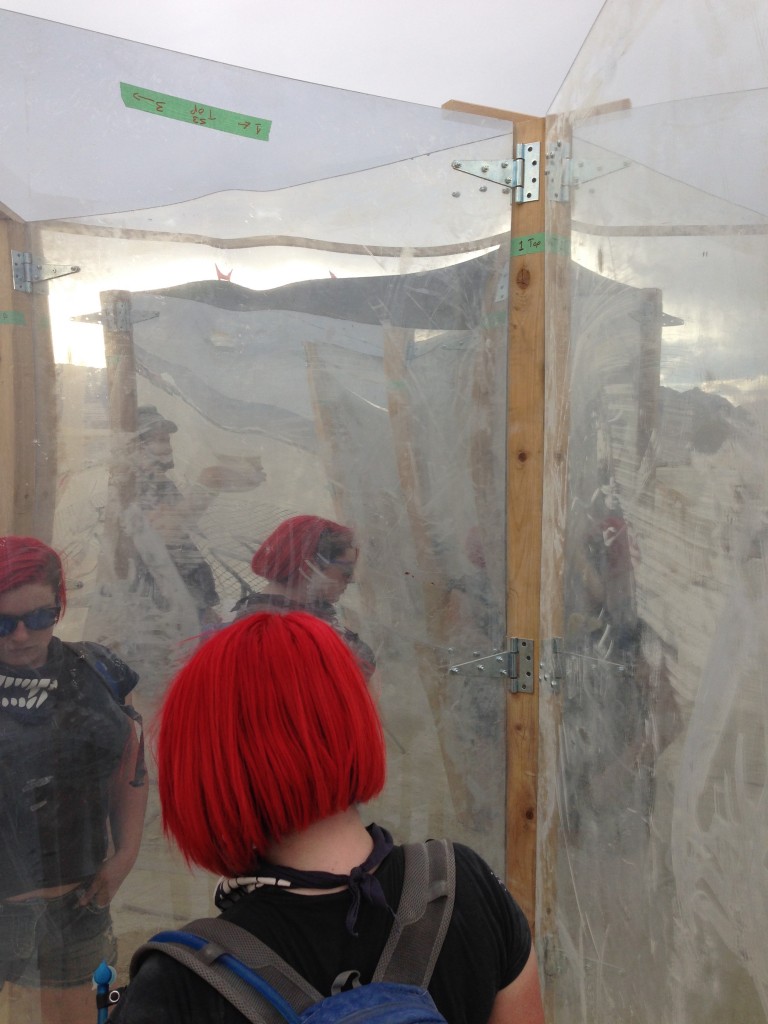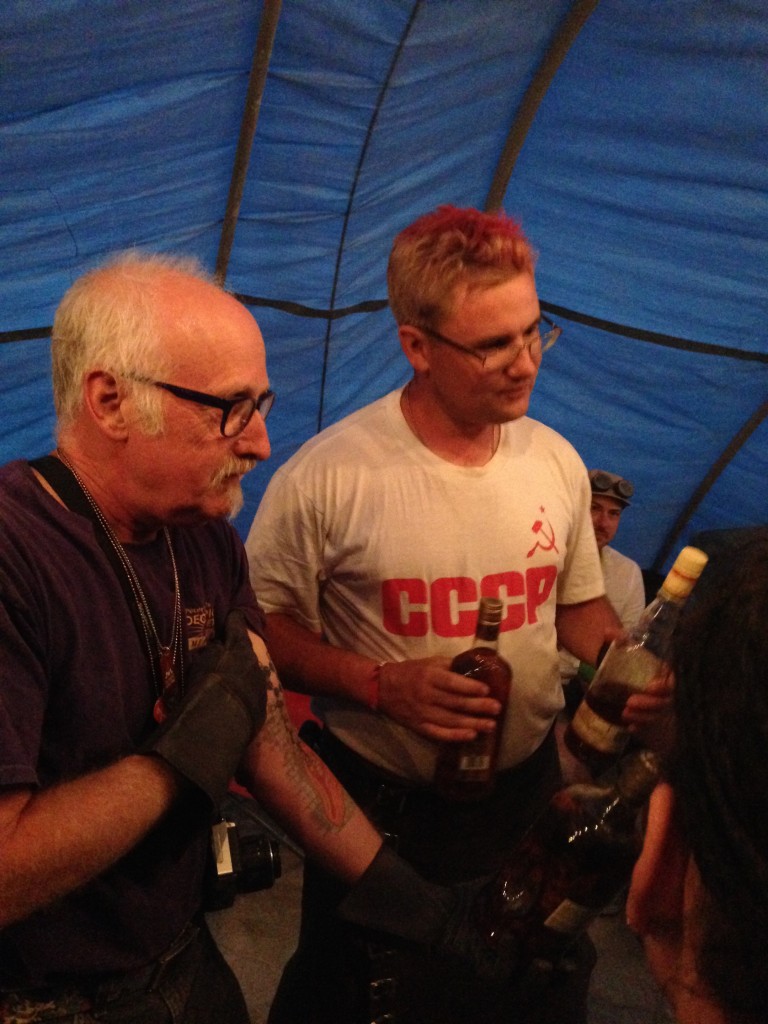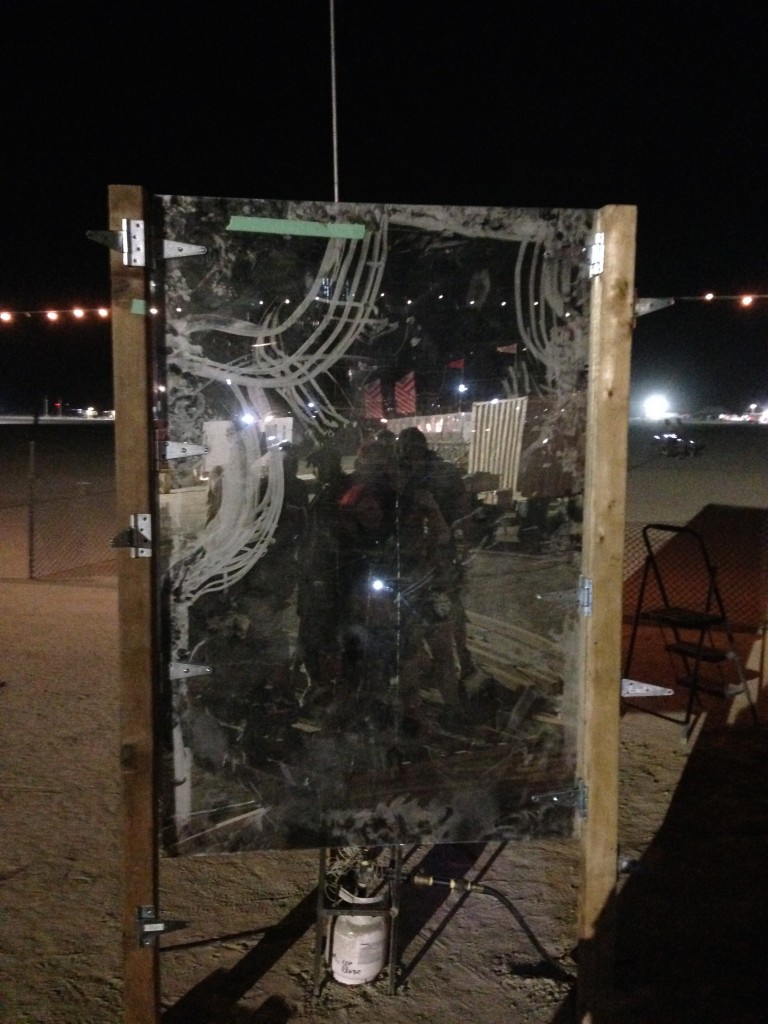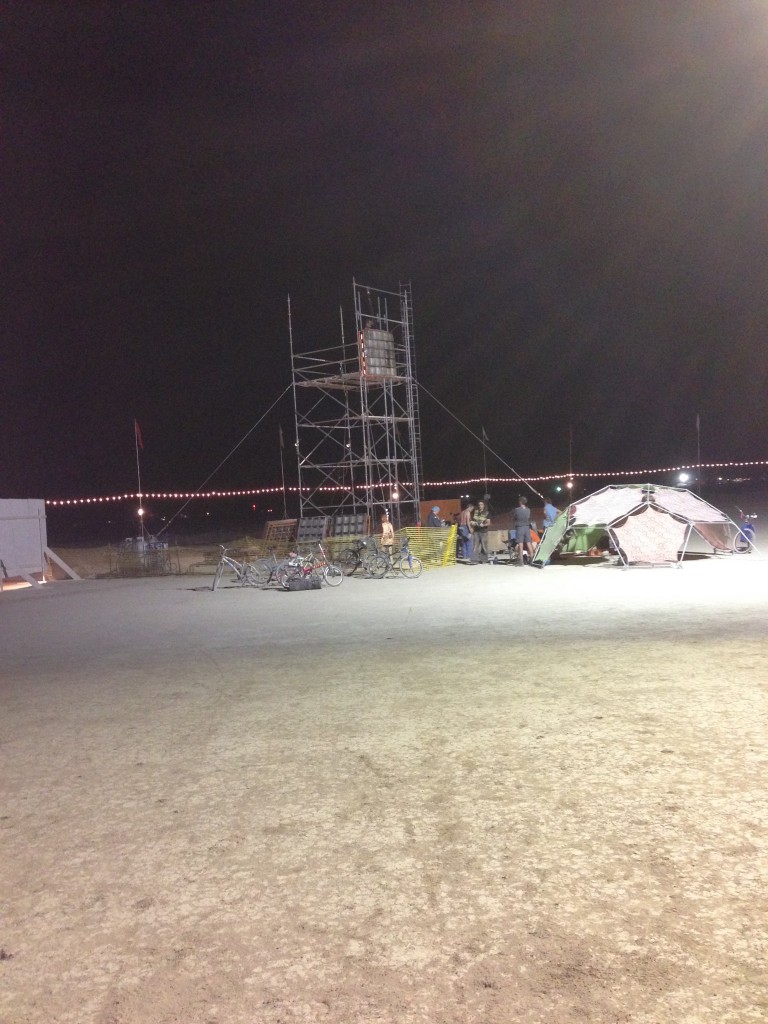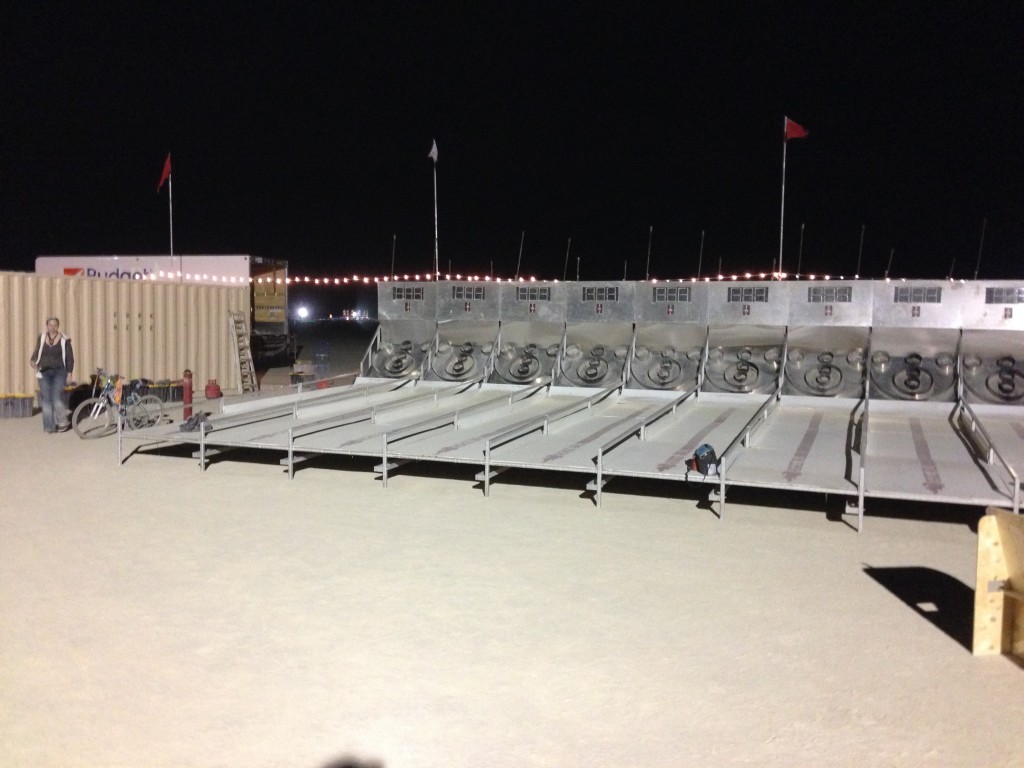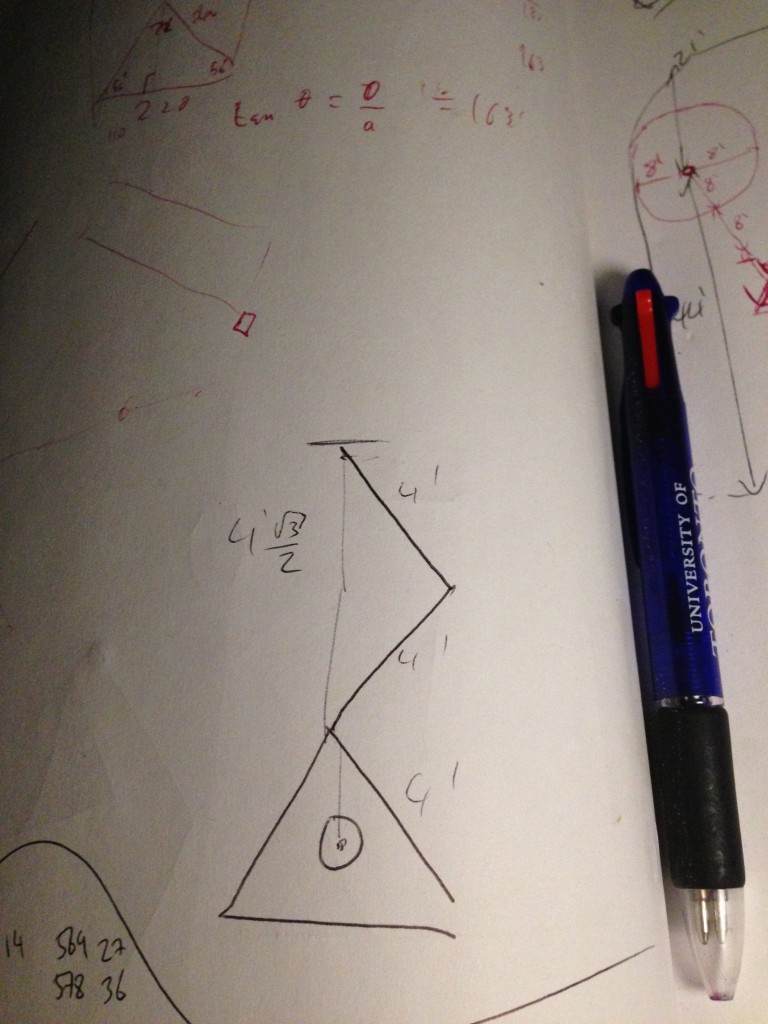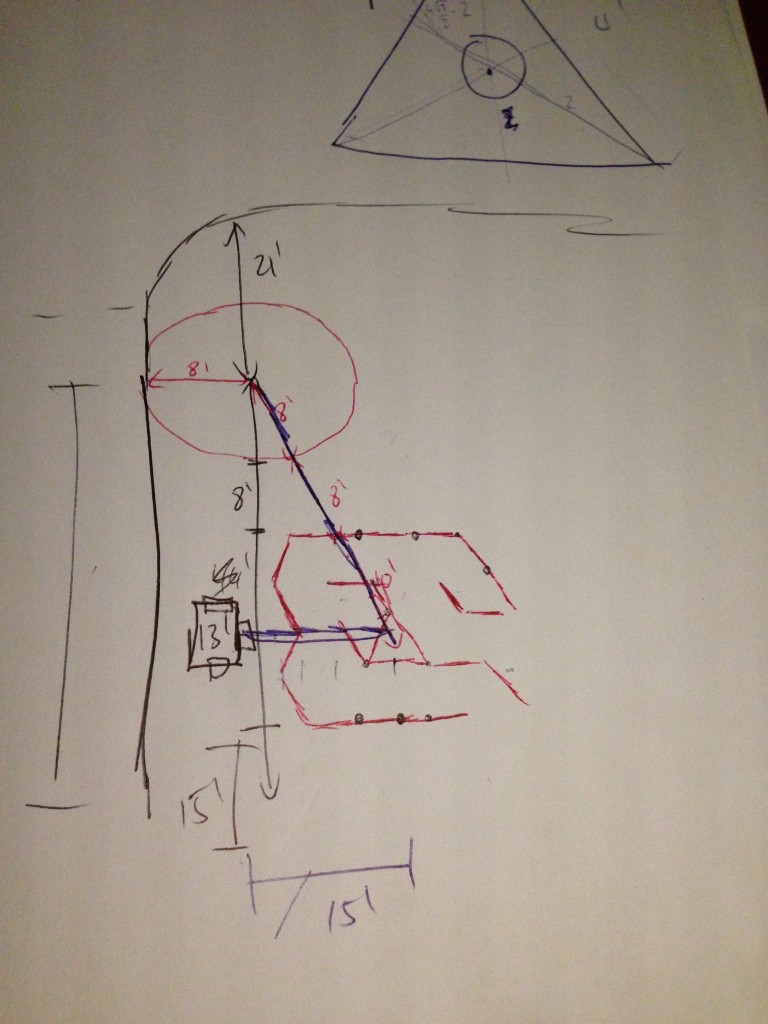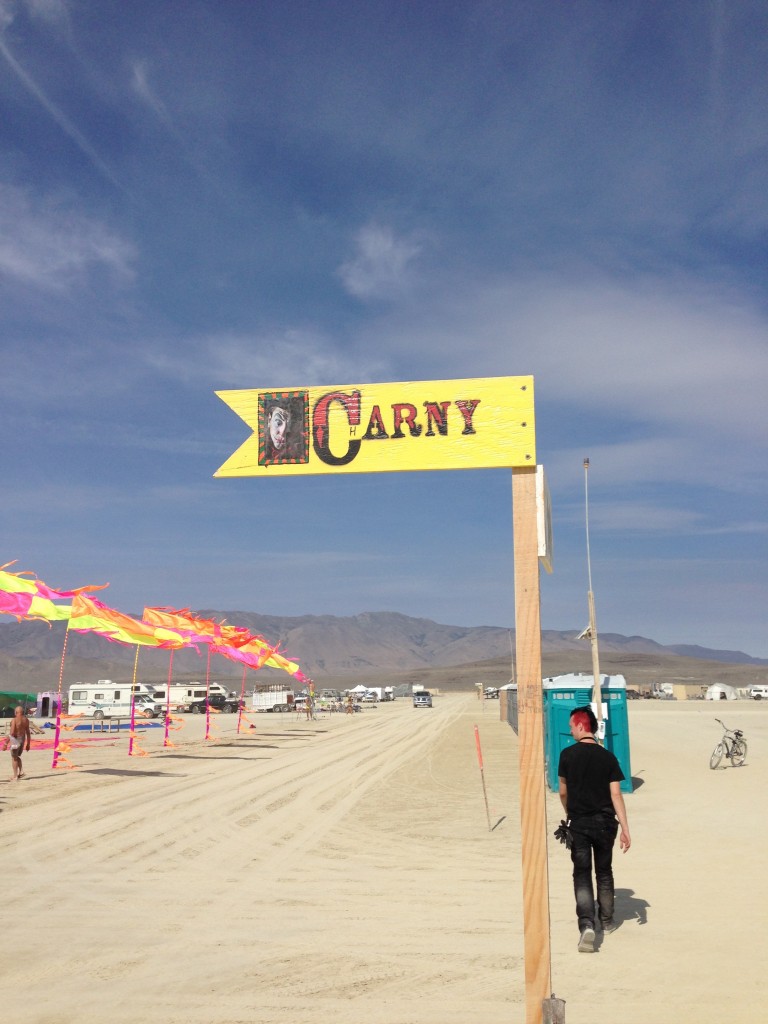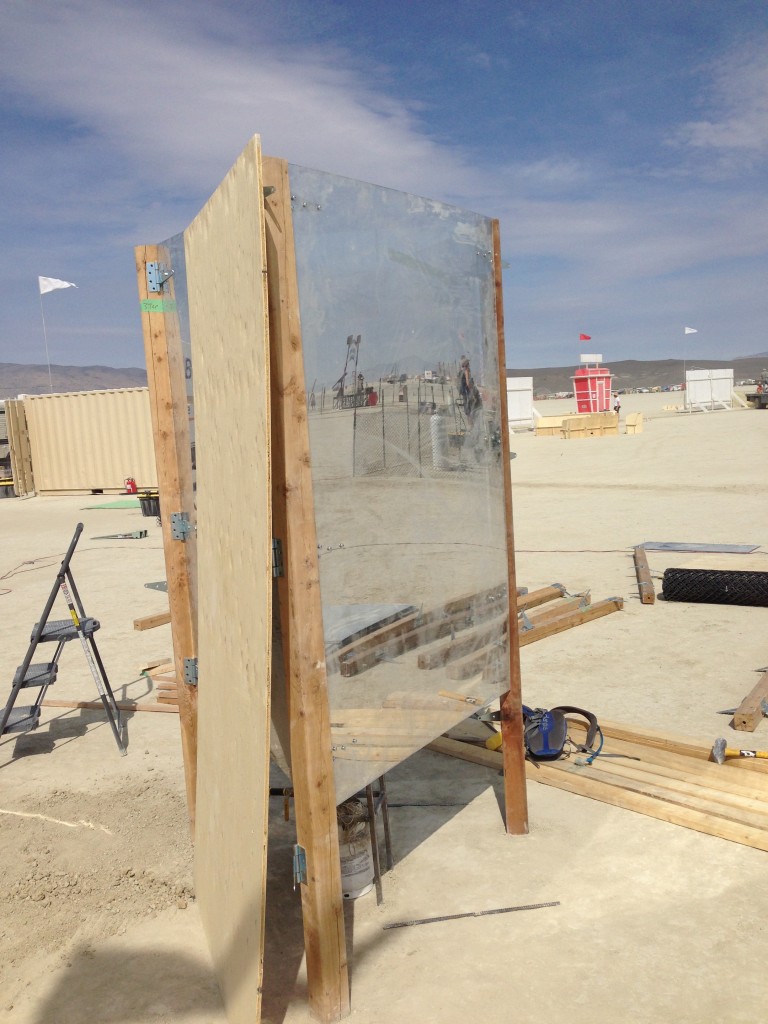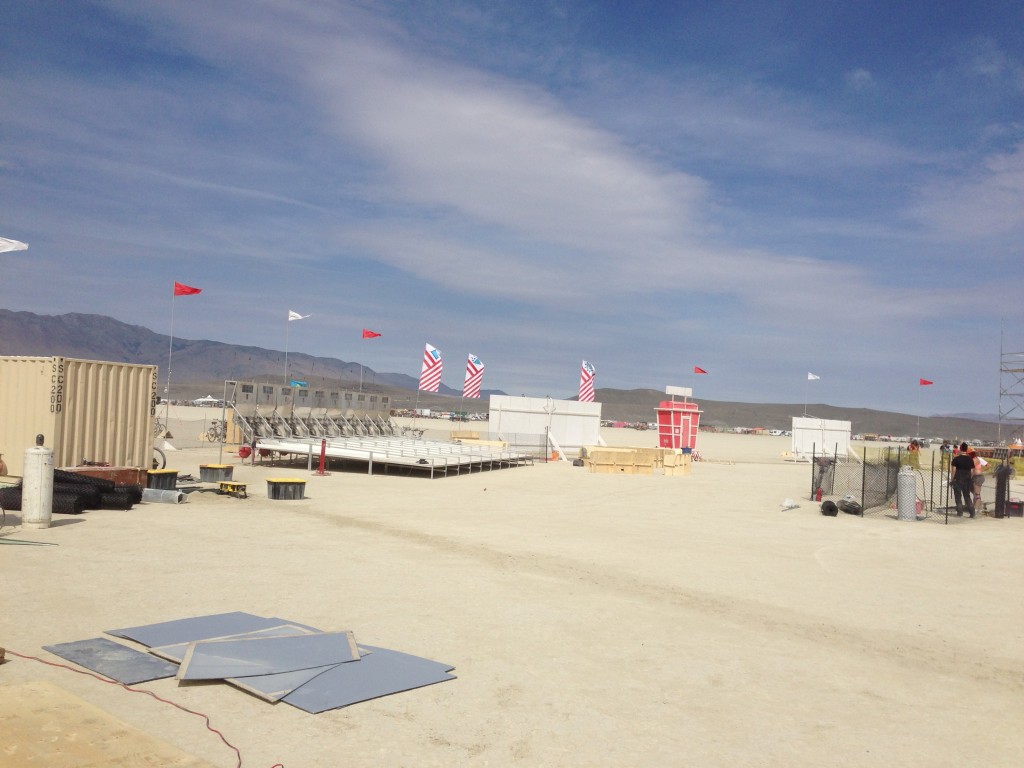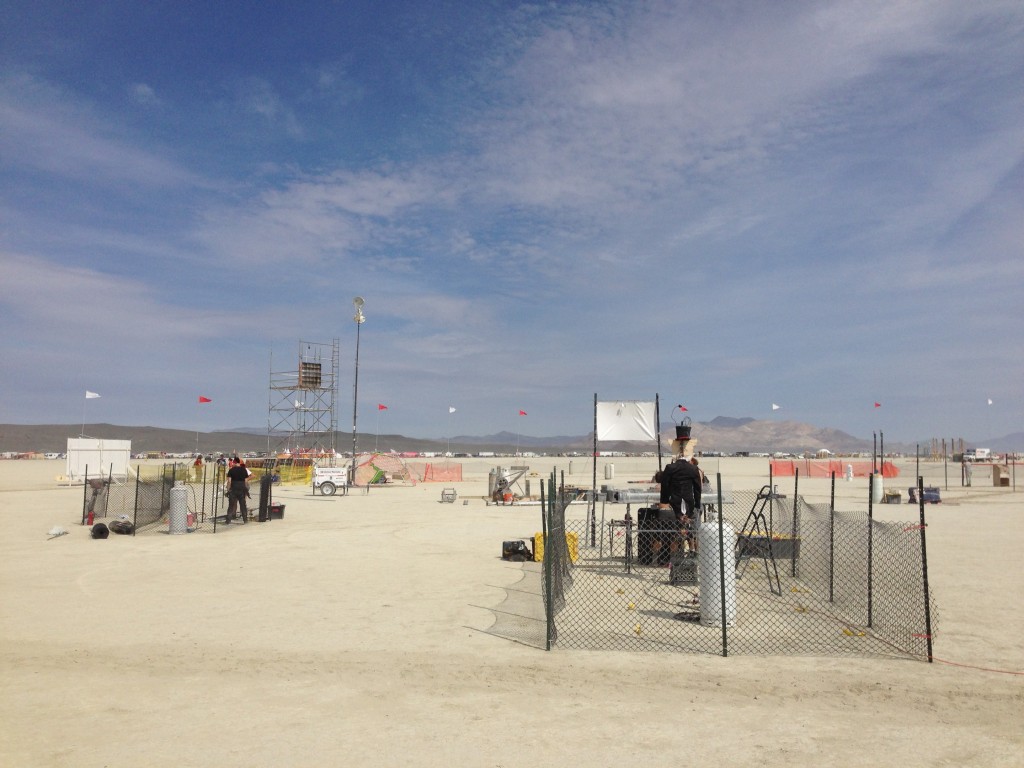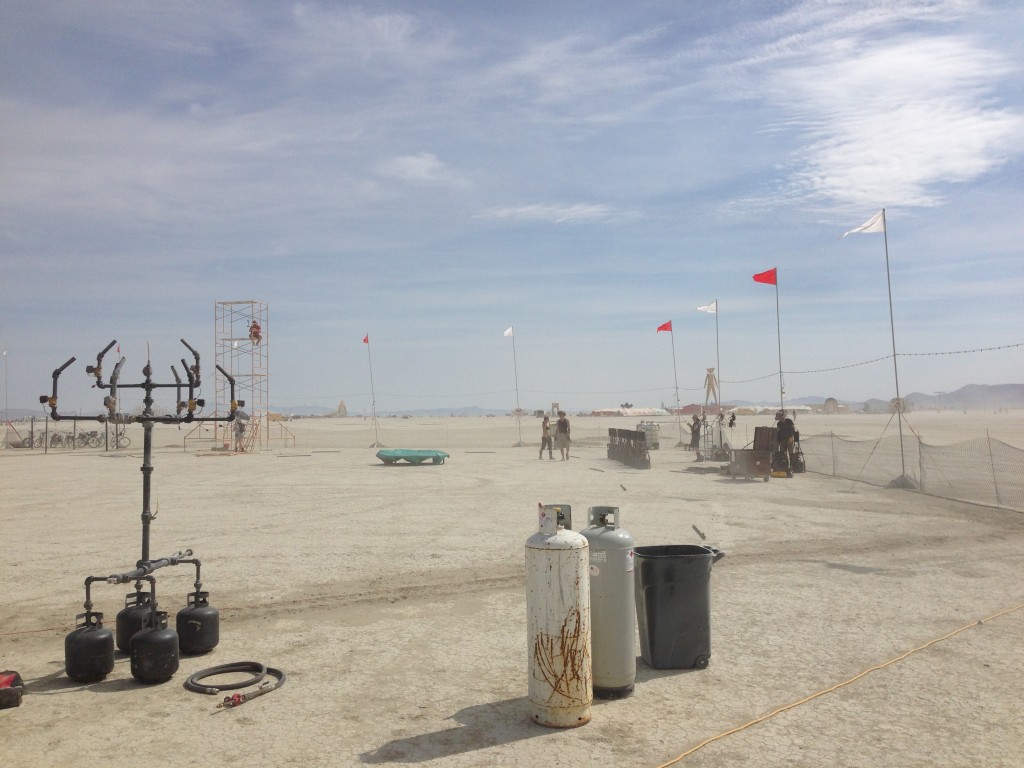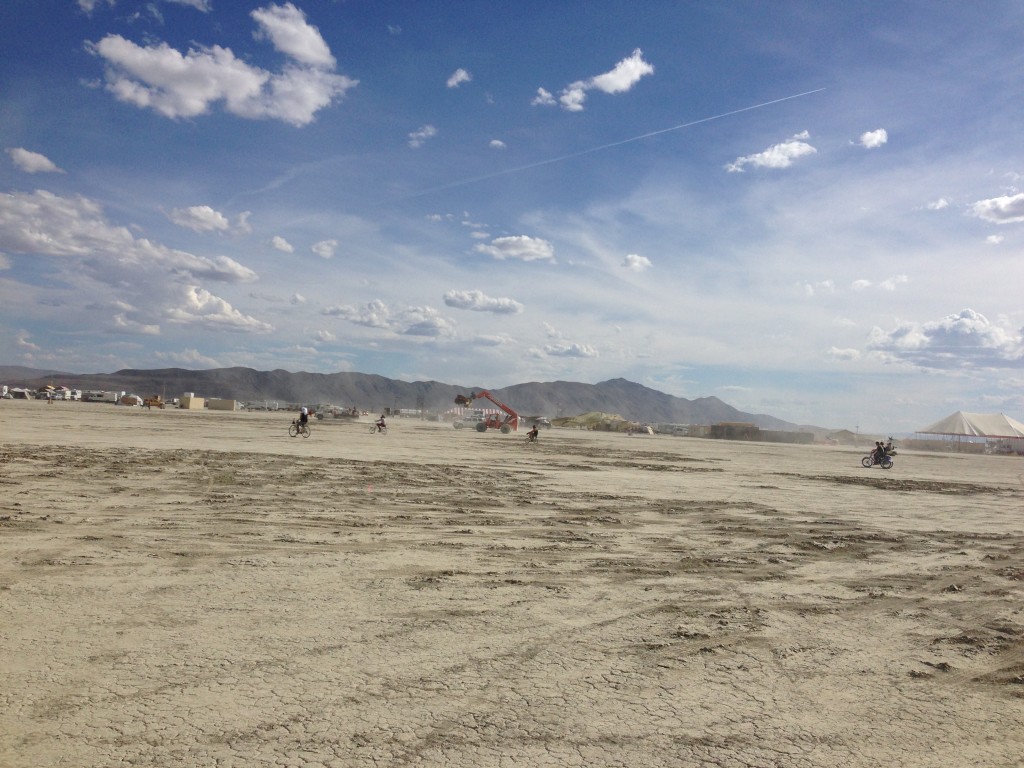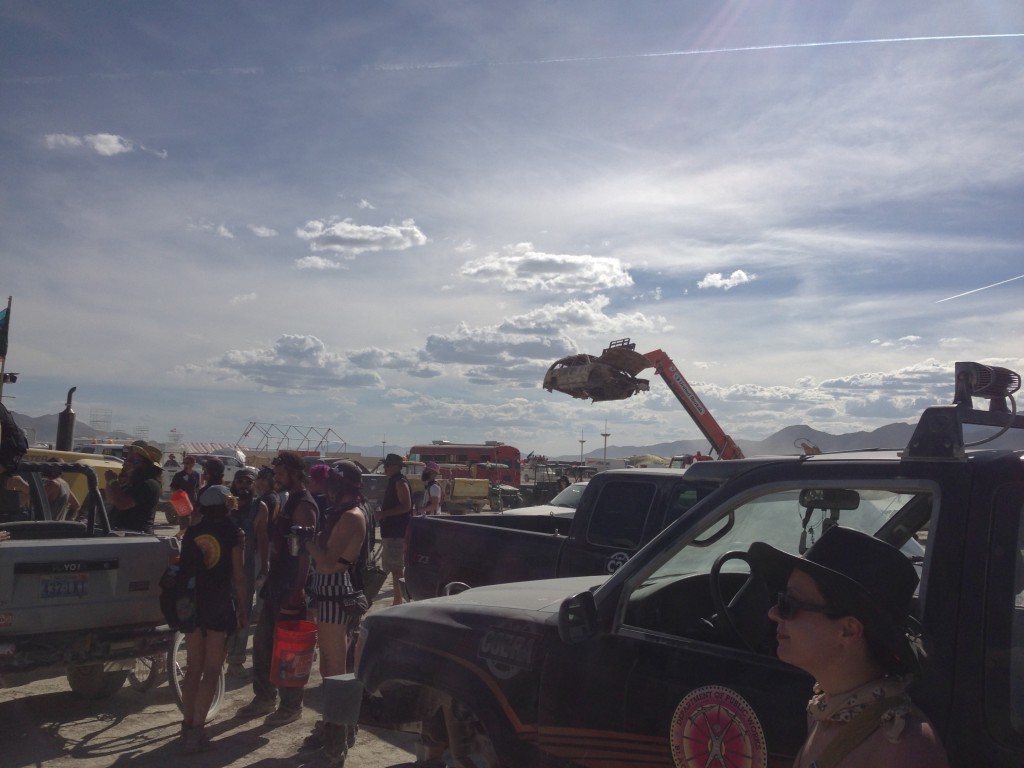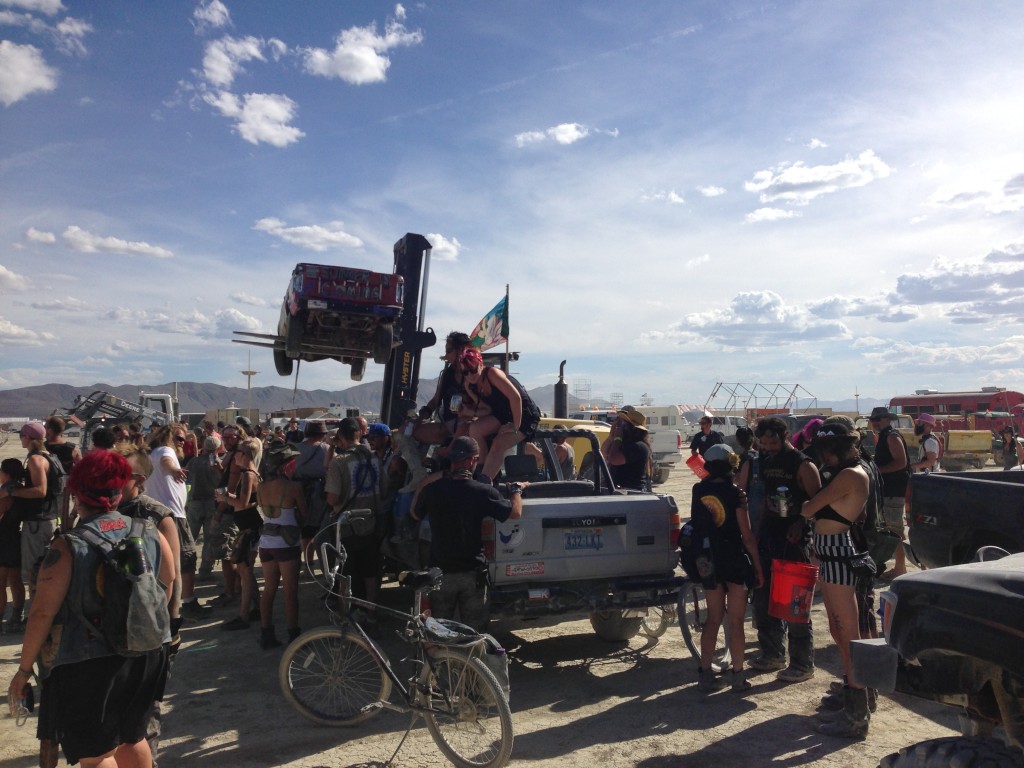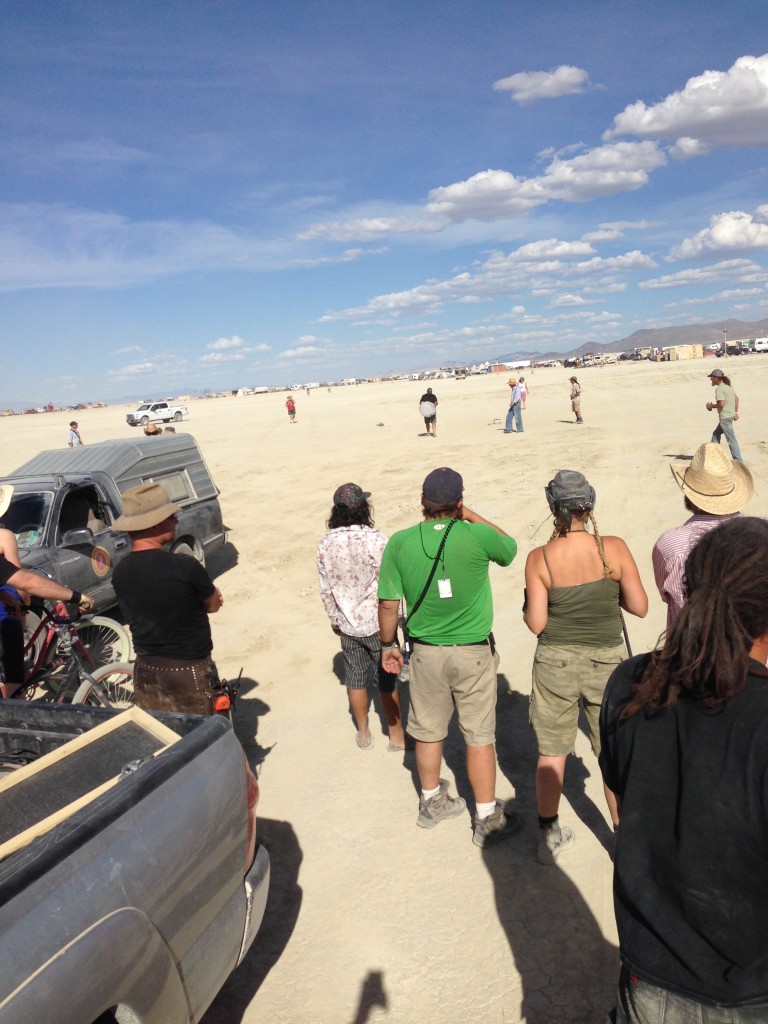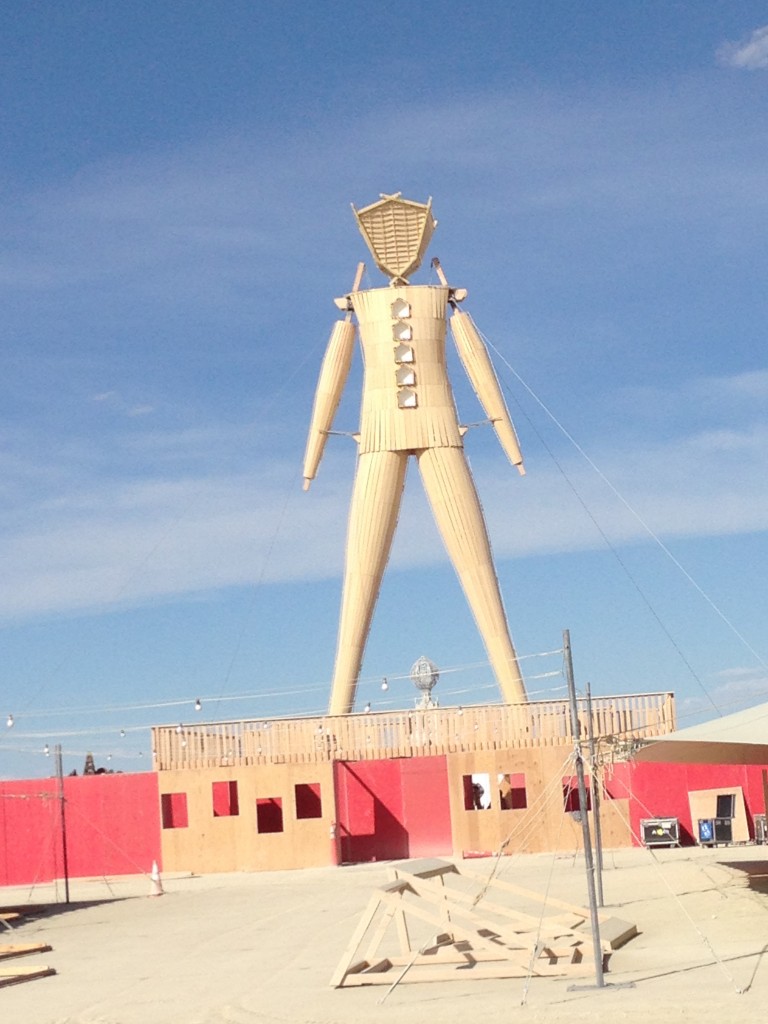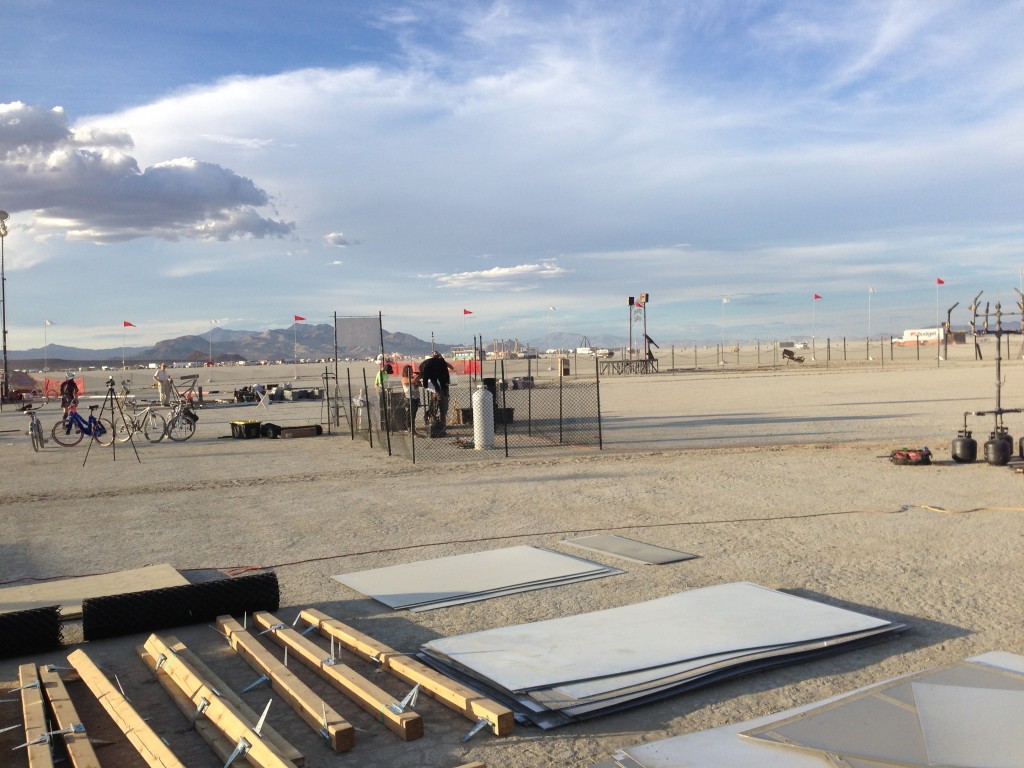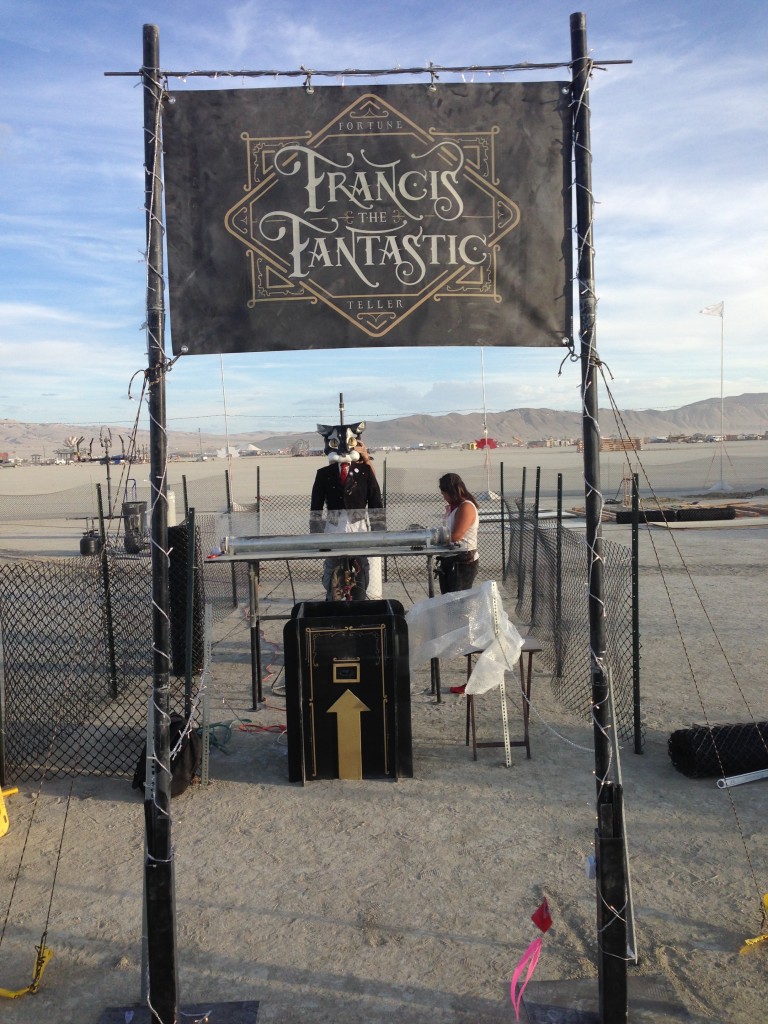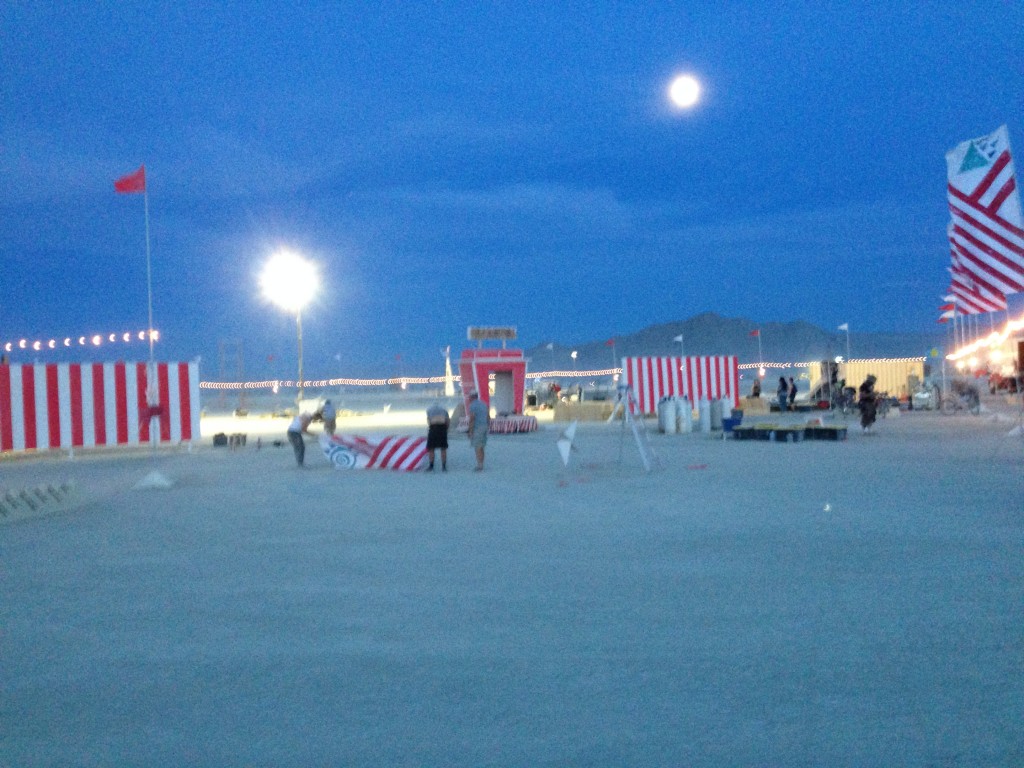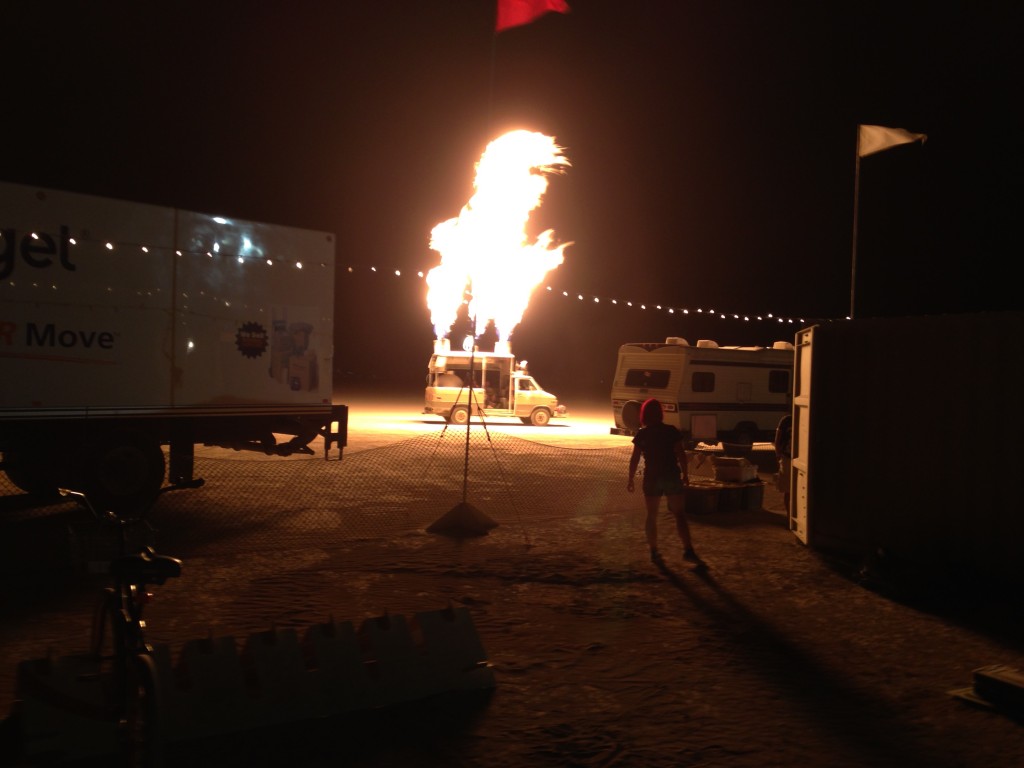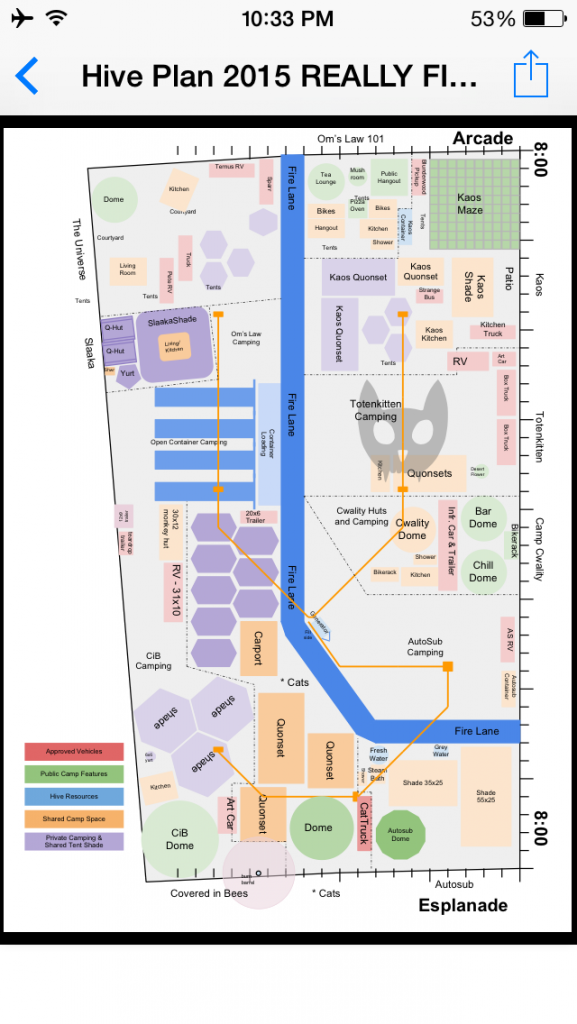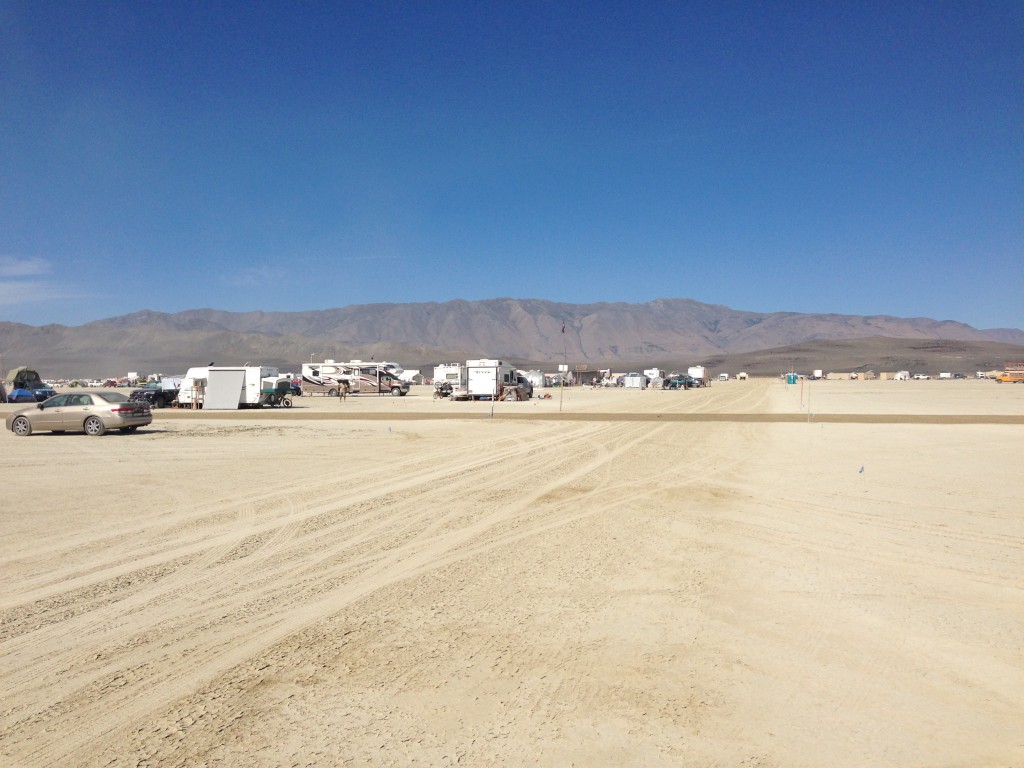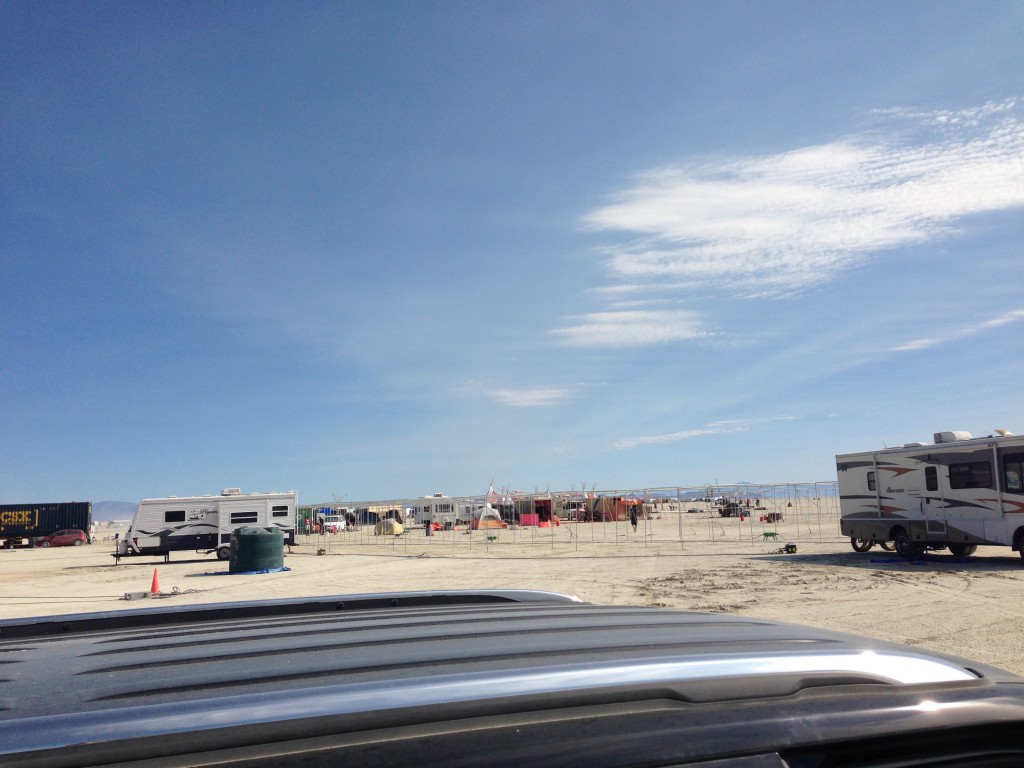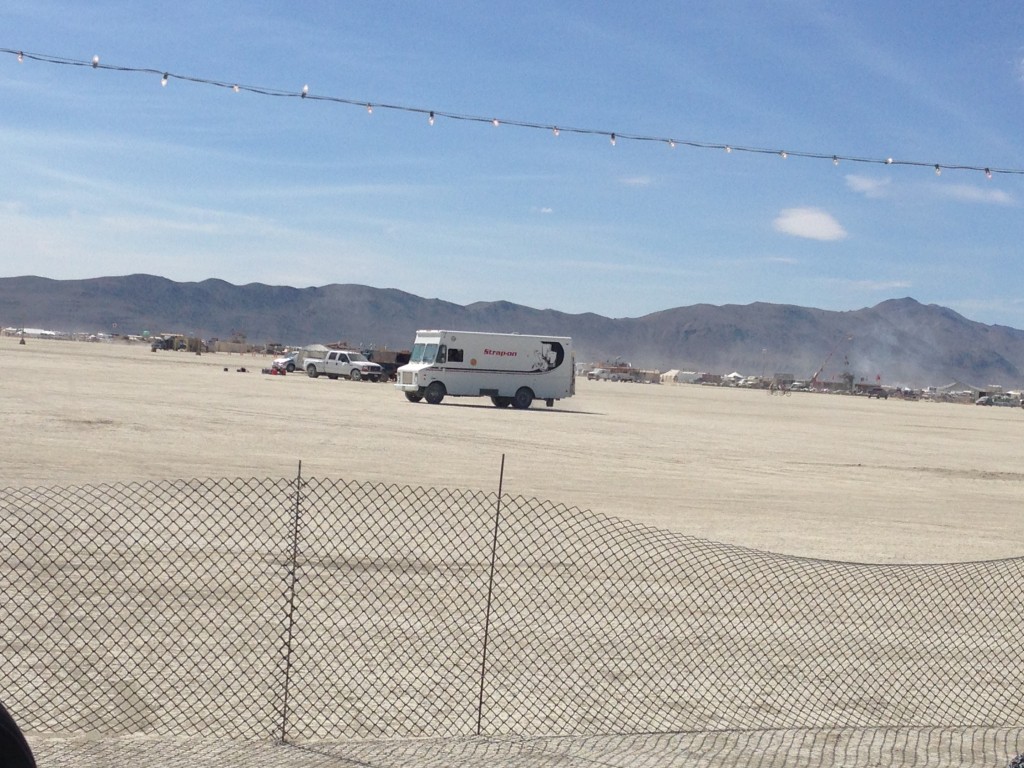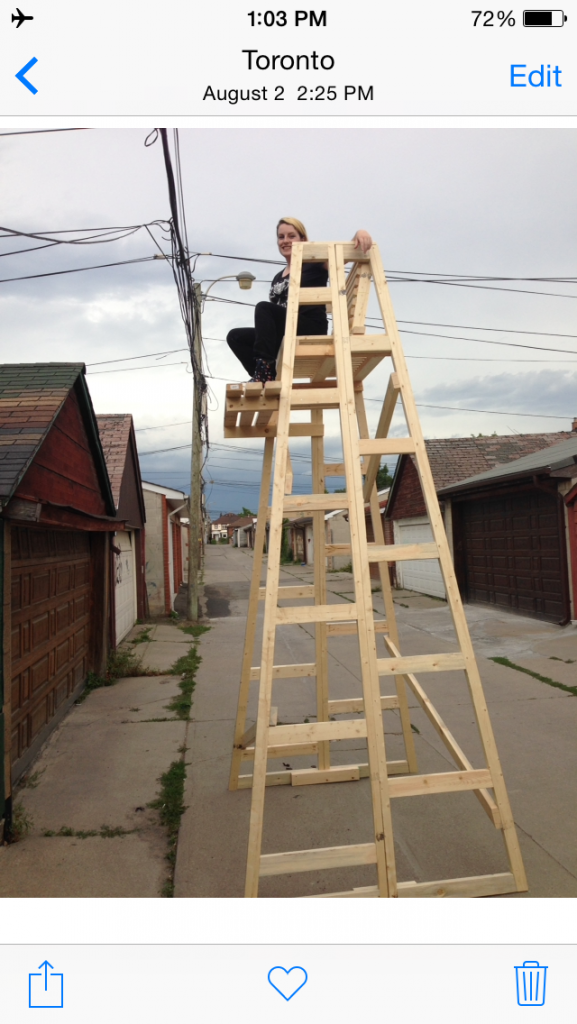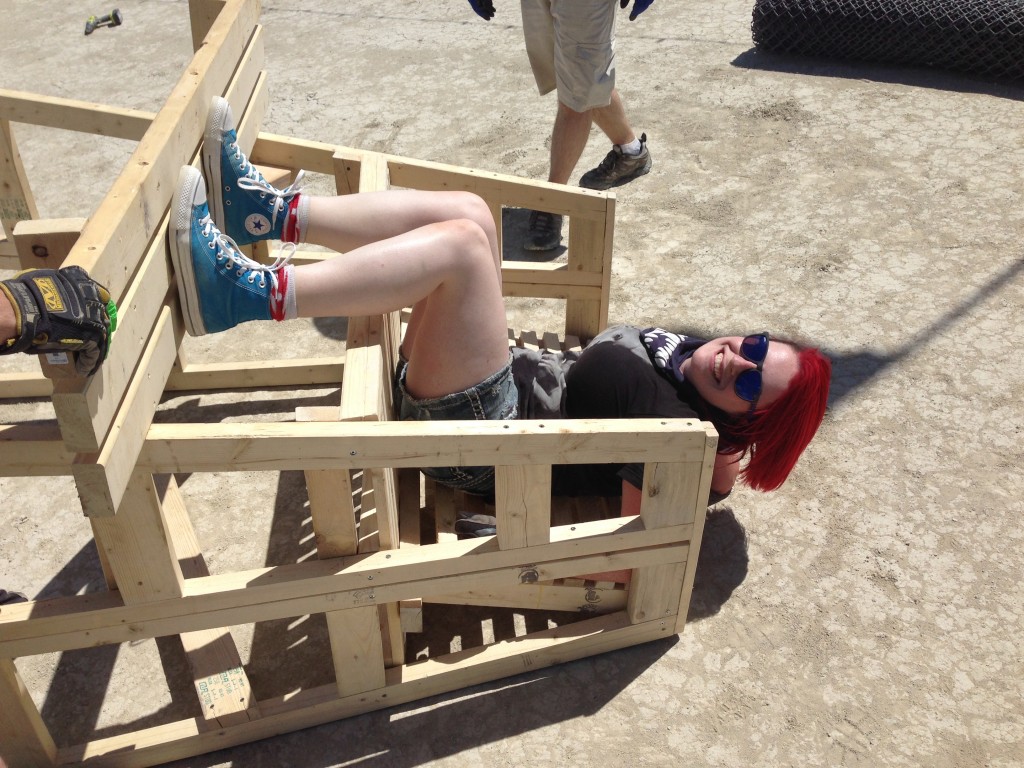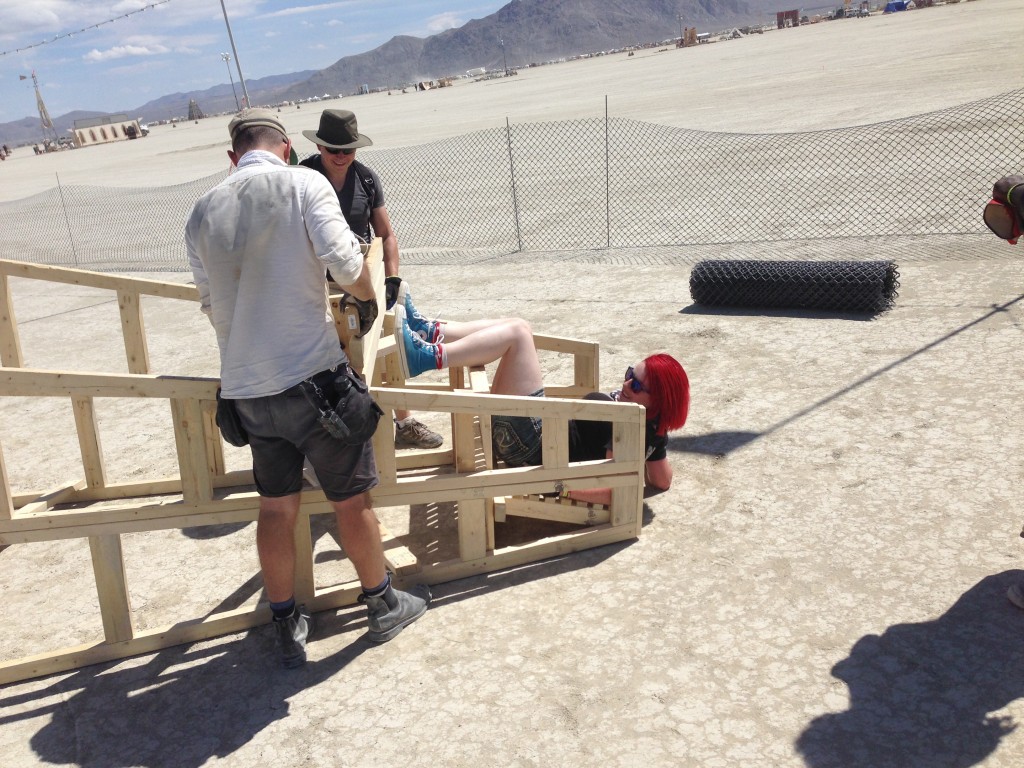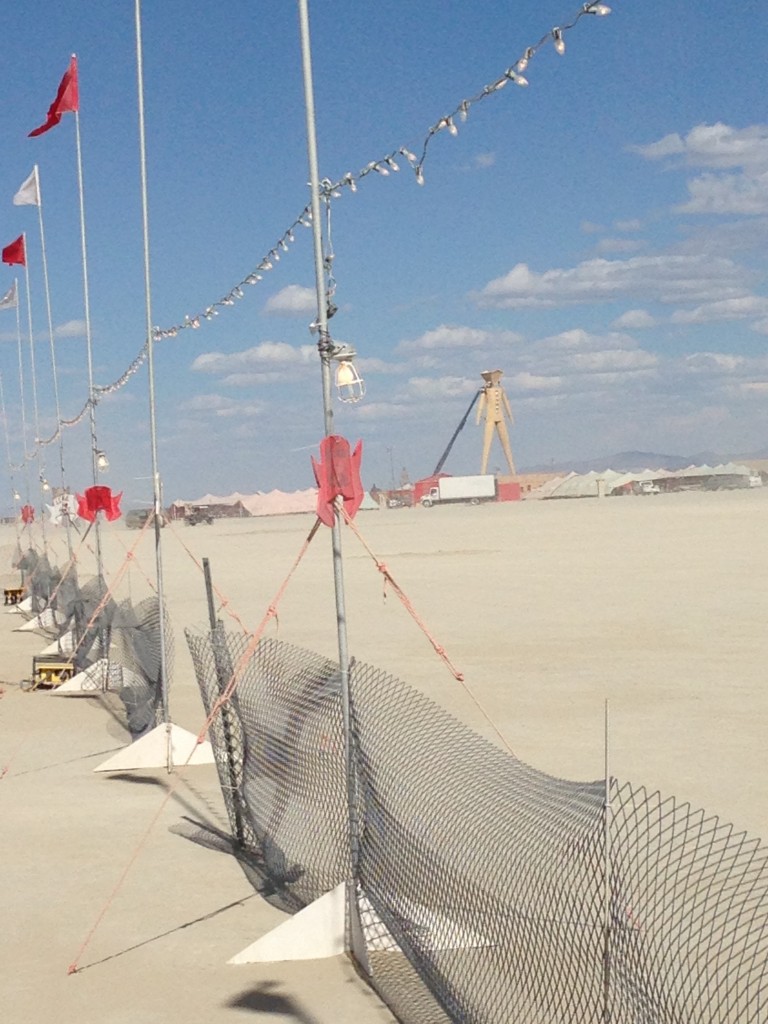My day, in a nutshell:
[Background:]
0) See that your phone may be having issues. No time to spend the week fixing it. Tape[1] it up and take it to Burning Man. Wait 10 months for the issues to become serious. Go on vacation. Drop it in the airport on the way there. Nursemaid it through the vacation, trying to read through the horizontal lines of ‘VGA cable is partially detached’. Drop it on the plane on the way home.
0.5) Take it in to the store. They say they’ll replace the phone for $100, but the data won’t be transferred over. I buy a new phone and go home to check my backup situation. (All my photos and videos are fine, it’s my notes and TTD lists that I’m most concerned about.)
0.7) Get home and find out my last full backup sufficient for a ‘Restore’ is about 10 months old. For some reason the ‘Sync’ doesn’t actually sync any useful amount of data, and there are no useful ways to gain finer control of this (I’m assuming) without jailbreaking the device.
0.8) Restore the device using the old backup. It’s really odd to see your last messages with someone that are 10 months old. Resolve to transfer over the rest of the data somehow…
[Next Day]
1) Start backing up the old phone. Discover that your phone needs some number of tens of gigs to do a full backup, and your computer only has 11GB free.
2) Rummage through your hard drive, using suggestions from helpful sites, finding another 15GB.
3) Figure out that 25GB is again not enough. Start taking a closer look at that 40GB backup from 10 months ago. Look at the directory, noticing that it contains about 40k files, each named with a 40 character hex hash. Try uploading it to back it up. After about half an hour, calculate that it will take 15-20 hours. Try tar -czvf to reduce the number of files. this doesn’t significantly help the upload time.
4) Decide to bite the bullet and delete the old backup. As there are too many files in the directory for ‘rm *’ to work, start with ‘rm 1*’, through to ‘rm f*'[2].
5) Start the backup of the old phone again, it finishes, and I start the restore to the new phone.
6) After waiting for a while, the phone has reset, and it gives me the option to ‘restore from backup’. More waiting. ‘The backup was corrupt or not compatible with this device or device version.’
7) Try again. More waiting. Once again having the new phone factory reset to start the restore. Once again: ‘The backup was corrupt or not compatible with this device or device version.’
8) Look in the directory to see if there’s something obviously corrupt. Wait a second…Some of those files starting with ‘0’ are from 2015…
9) Move all of the old remaining files to a new folder. Try the restore again. ‘The backup was corrupt or not compatible with this device or device version.'[3] Realizing that I had missed other files (not starting with 0-f), or that some of the 0-starting files had made their way into the list of files for the new backup, I delete all of the files in the directory this time.
10) Full backup. Full restore. Full day.
[1]Duct tape, of course. My little friend was suffering from an ‘expanded battery’, which eventually became bad enough that the screen became separated from whatever was feeding the screen data. Two drops later, it was unfixable, thankfully still okay enough on the inside to back up.
[2]You may notice something here.
[3]Interestingly, (from behaviour, not from looking in the files), the backup program (iTunes) blindly adds new files to the list of hashed files, and probably adds them to a list somewhere in that directory. It apparently doesn’t do much checking of the backup until it tries to restore it somewhere.
